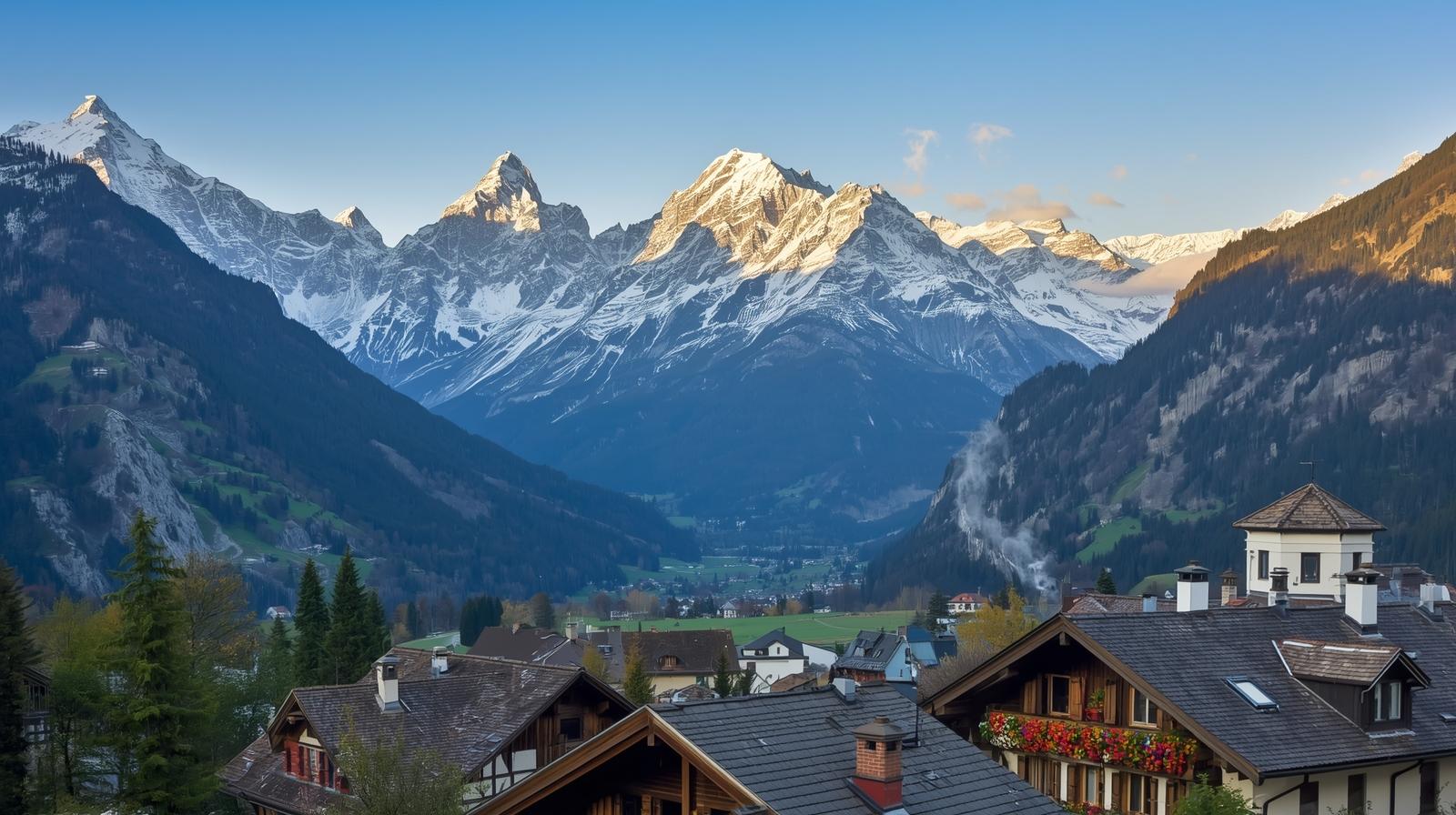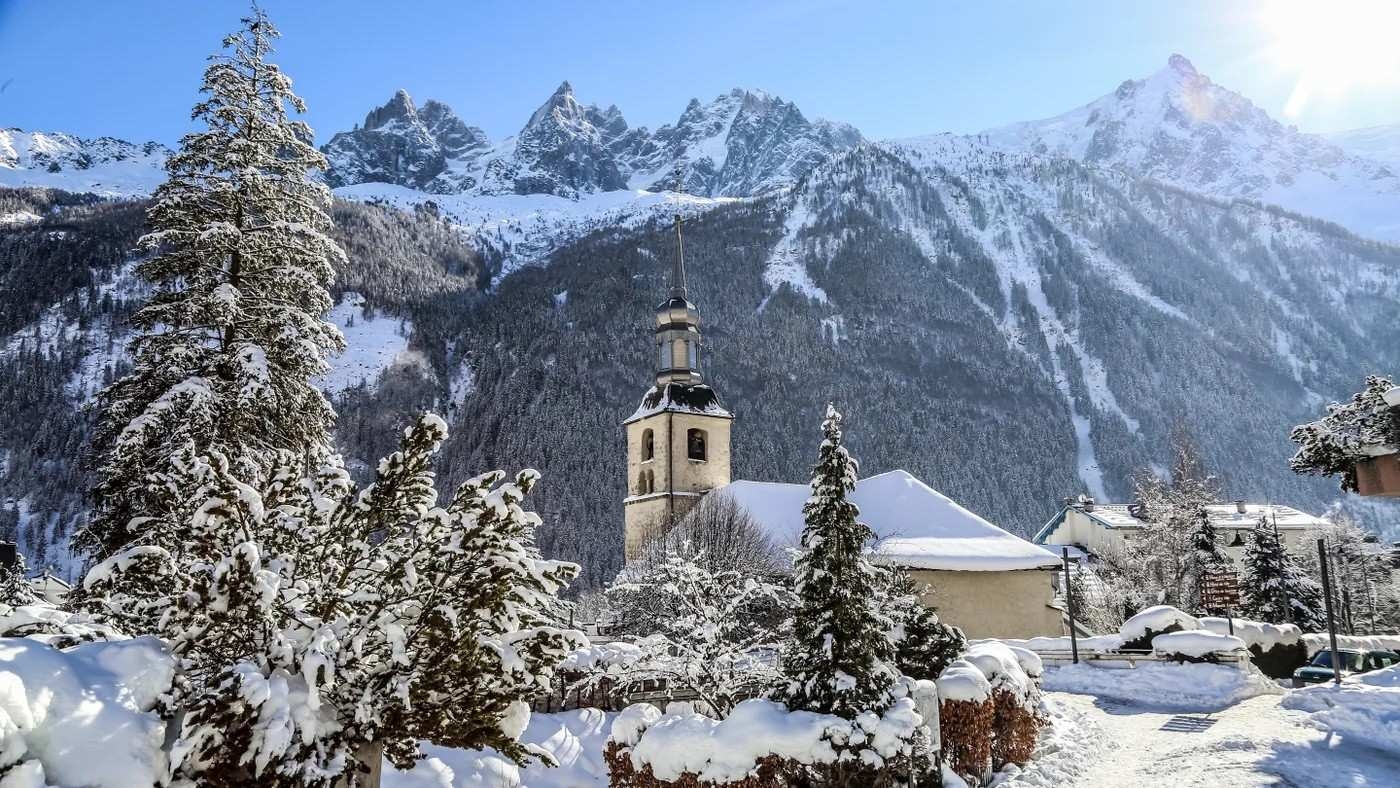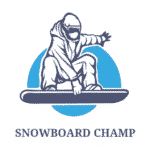An American Snowboarder in the Alps: A Guide to Europe’s Top Resorts

My first run in the Alps was a culture shock. I dropped off a lift in Chamonix, expecting a clearly marked trail, but found myself staring at a vast, ungroomed glacier field. A sign with a skull and crossbones warned of crevasses. This, I quickly realized, was not Colorado. Lunch wasn’t a chili bread bowl; it was cheese fondue and a glass of wine in a mountain hut older than my country. That trip recalibrated my entire understanding of what a “ski resort” could be. It wasn’t just a place to ride; it was a journey through history, culture, and mountains on a scale I had never imagined.
For any American snowboarder, a trip to the Alps is a bucket-list pilgrimage. It’s a chance to ride the biggest mountains in the world, explore charming villages, and experience a snowboard culture that’s both deeply traditional and wildly progressive. This guide is written specifically for you, the U.S. rider. We’ll decode the cultural differences, explore the legendary resorts that belong on any list of the world’s best snowboarding destinations, and give you the practical advice you need to plan an unforgettable transatlantic adventure.
Decoding the Alps: What Every American Rider MUST Know Before You Go
Things are different over there. Understanding these key distinctions will save you from confusion, frustration, and potentially dangerous situations.
- Piste Ratings are Different: Forget Green circles. The European color code is generally: Blue (Beginner/Easy), Red (Intermediate – often as steep as a U.S. Black Diamond), and Black (Expert). An “Itinerary” or “Yellow” run is a marked but ungroomed and uncontrolled freeride route.
- “Off-Piste” is Truly Wild: In the U.S., the area between marked trails within the resort boundary is generally controlled for avalanches. In Europe, if you are not on a marked and groomed piste, you are in the backcountry. It is unsecured, unpatrolled, and you are 100% on your own. Avalanche gear and knowledge are not optional; they are essential. This is not an exaggeration. Our guide to backcountry snowboarding is mandatory reading before you even think about ducking a rope.
- The Scale is Mind-Boggling: You’re not buying a lift ticket for a single mountain; you’re often buying a pass to an entire region of interconnected valleys and villages. It’s possible to ride from one town to the next for lunch and take a bus or train home. It’s a public transport system, on snow.
- Après-Ski is a National Sport: Forget a quiet beer at the base. In Austria, “après-ski” involves dancing on tables in your snowboard boots to Europop music at 4 PM. It’s an experience you have to see to believe.
The Legends of the Alps: A Snowboarder’s Hit List
Choosing where to go is the hardest part. The Alps are vast. We’ve broken down the must-visit resorts by the kind of experience they offer, helping you find your perfect European adventure.
For the Big-Mountain Freerider: Chamonix, France & Verbier, Switzerland

Chamonix: The Freeride Capital of the World
Nestled at the foot of Mont Blanc, the highest peak in the Alps, Chamonix is not for the faint of heart. It’s not a single, friendly resort like you’d find when snowboarding in Colorado. It’s a collection of separate, formidable ski areas spread along a valley, each offering some of the most challenging lift-accessed terrain on Earth. The crown jewel is the Aiguille du Midi cable car, which whisks you to a dizzying 12,605 feet. From there, you can hire a guide to descend the legendary Vallée Blanche, a 12-mile-long glacial route that is one of the most iconic off-piste runs in the world. This is snowboarding in its rawest form.
Verbier: The Freeride World Tour Mecca
Verbier is the epicenter of the massive 4 Vallées ski area in Switzerland. It’s more polished than Chamonix but offers equally terrifying and thrilling terrain. The backside of Mont Fort is a playground of steep faces, couloirs, and cliffs that hosts the finals of the Freeride World Tour. What makes Verbier special is its network of “itinerary” runs—marked but ungroomed routes that allow you to test your freeride skills in a slightly more controlled environment. The town itself is a sun-drenched, cosmopolitan hub with a vibrant and upscale party scene.
From an American’s Perspective:
These places demand respect. Do not attempt the serious off-piste without a certified local guide. They are worth every penny and will not only keep you safe but also show you the best, hidden stashes of snow. The scale is immense; a trail map is your bible. English is widely spoken, but a “bonjour” or “merci” goes a long way.
For the Mega-Resort Explorer: Les 3 Vallées, France
The Three Valleys: The World’s Largest Lift-Linked Ski Area
Try to wrap your head around this: over 370 miles of pistes, 160 lifts, all connected and accessible on a single pass. The Three Valleys is the size of a national park. It’s comprised of several world-famous resorts, each with its own character. Courchevel is the chic, ultra-luxury destination with immaculate grooming. Méribel is the charming, centrally-located hub. And Val Thorens is the highest resort in Europe, a snow-sure paradise with a younger, more energetic vibe.
My first day here, I snowboarded from Courchevel to Val Thorens and back, a journey that took almost the entire day and covered dozens of miles without ever riding the same lift twice. The sheer freedom of exploration is unparalleled. While it has endless terrain for experts, it’s also a surprisingly good destination for intermediates due to the vast network of wide, cruising red and blue pistes that connect the valleys. Even beginners can find excellent learning zones, though for a first-timer, a dedicated spot from our guide to snowboarding resorts for beginners might be less overwhelming.
For the Scenery & Style Seeker: Zermatt, Switzerland & Cortina d’Ampezzo, Italy

Zermatt: Riding in the Shadow of the Matterhorn
No mountain is more iconic than the Matterhorn, and in Zermatt, it’s your constant companion. The scenery here is so dramatic it almost feels fake. The resort is a charming, car-free village with horse-drawn carriages and old-world Swiss charm. The riding is world-class, spread across three sectors that are also linked to the Italian resort of Cervinia. You can literally snowboard across the border for a pasta lunch and be back in Switzerland for après-ski. The runs are long, the views are breathtaking, and the on-mountain dining is some of the best in the world.
Cortina d’Ampezzo: La Dolce Vita on Snow
Set amidst the stunning, jagged limestone peaks of the Dolomites (a UNESCO World Heritage site), Cortina is where Italian style meets high-alpine adventure. The riding is fantastic, part of the massive Dolomiti Superski area, but the experience is about more than just the slopes. It’s about long, sun-drenched lunches at mountain “rifugios,” sipping prosecco and enjoying the scenery. The town is chic and fashionable, and the vibe is quintessentially Italian—relaxed, stylish, and focused on enjoying life.
PACKING FOR A TRANSATLANTIC SHRED TRIP: THE ESSENTIALS
Packing for Europe requires a focus on versatility and durability. You’ll be dealing with long flights, train transfers, and variable weather.

Dakine Low Roller Snowboard Bag
This is the gold standard for a reason. Flying across an ocean with your gear is stressful. The Low Roller is fully padded, has durable wheels to navigate airports and train stations, and has external pockets for your boots. It’s a must-have for protecting your investment. See more options in our guide to the best snowboard bags.
Check Price on Amazon
Burton Tourist Snowboard Boots
With so much off-piste and hike-to terrain, a boot with a walk mode can be a huge plus. The Burton Tourist is lightweight and designed for both splitting and resort freeriding, making it a perfect one-boot quiver for a European adventure. Find your ideal fit in our guide to the best snowboard boots.
Check Price on Amazon
Anon M4 Toric MIPS Goggles
Weather in the Alps changes in a heartbeat. The Anon M4’s magnetic lens change system is the fastest and easiest on the market, allowing you to swap from a sun lens to a storm lens in seconds, even with gloves on. Paired with a safe helmet, you’re set. See our guides for the best snowboard goggles and best snowboard helmets.
Check Price on AmazonEUROPEAN TRIP FAQ: AN AMERICAN’S SURVIVAL GUIDE
For the French and Swiss Alps, fly into Geneva (GVA). For Austria, fly into Zurich (ZRH) or Munich (MUC). From there, the train system is your best friend. It’s efficient, scenic, and connects directly to many resort towns. Renting a car can be a hassle with parking and winter driving conditions. Embrace public transport!
While credit cards are widely accepted, it’s always wise to have some Euros (or Swiss Francs in Switzerland) for smaller mountain huts or village shops. Tipping culture is different. A service charge is often included in restaurant bills. It’s common to simply round up the bill to the nearest Euro or two for good service. A 5-10% tip is considered generous, not the 15-20% expected in the U.S.
Yes, absolutely. Most of mainland Europe uses the Type C or Type F plug (two round prongs). Switzerland uses the Type J (three round prongs). The U.S. uses Type A/B. Your American electronics will not plug into the wall without a universal travel adapter. Also, check that your devices are dual-voltage (most modern electronics are); Europe uses 230V, while the U.S. uses 120V.
A RITE OF PASSAGE
A snowboard trip to the Alps is more than just a vacation; it’s a rite of passage. It will challenge your riding, expand your worldview, and leave you with memories of mountains so vast and beautiful they feel like a dream. You’ll ride longer runs, experience a richer history, and engage with a global community of people who, just like you, are drawn to the magic of sliding on snow.
It is an adventure in the truest sense of the word. Start planning, book the ticket, and go. The mountains are calling.





















